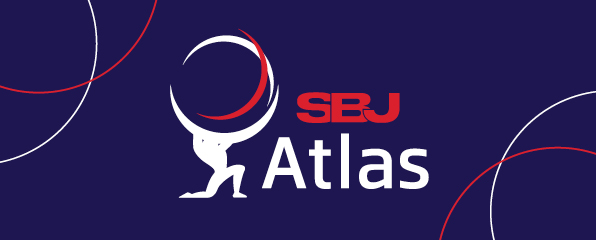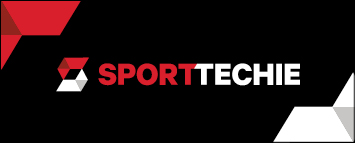Golf world in limbo with lingering merger questions
When William Hulbert assembled a group of business leaders to form the National League of Professional Baseball Clubs in 1876, it was an entrepreneurial venture. It wasn’t for the love of baseball, the purity of competition or a noble statement about embracing heart. It was to make money. The sports business is about business. It’s always been about business. With the PGA Tour-LIV Golf-DP World Tour deal, saying it’s all about the money is more like saying nothing at all.
When the NFL and AFL merged in 1966, times were much different. Team owners still viewed TV as giving away the product rather than selling it to ticket buyers. Forget the value of increased engagement or envisioning the major source of revenue that it has become today. The NBA merger with the ABA, finalized in 1976, was more like a wave of expansion with new franchises in Indianapolis, Denver, San Antonio and New York.
You can question the PGA Tour’s choice of partner, their rapid and awkward backpedaling on morality statements or their poor communication with vital stakeholders. LIV was the disrupter, and their actions drove the PGA Tour to make significant and expensive changes. They created designated events with significantly higher purses, launched a $100 million Player Impact Program and offered $500,000 in guaranteed earnings for 125 golfers. Suddenly legal fees were piling up. Where is the money coming from to fund these programs and expenses? Ultimately, the LIV deal eliminated an expensive nuisance and infused their balance sheet with much-needed cash.
The PGA Tour is a 501(c)(6) and there are no owners who could reduce profit margins or sell interests to raise capital. Unlike the Commanders or the Suns, there are no investors to benefit from 50+ years of growth. This coming structural transition from a not-for-profit entity to a commercial entity will provide investors an opportunity to earn dividends, realize capital appreciation and liberate billions of dollars in entrapped value.
The new entity is a for-profit LLC with Saudi’s Public Investment Fund (PIF) as lead investor and its governor, Yasir Al-Rumayyan the new chairman. But why go into business with the Saudi PIF? Just to end the lawsuits and get the players back? They may have missed a more creative solution that would sit better with the public and have solved the financial issues. If you’re raising capital, were there discussions with golf equipment brands or media partners? Private equity? The USGA, Augusta National, PGA of America or the R&A?
PGA Tour Commissioner Jay Monahan and Yasir Al-Rumayyan used the word “merger” during their announcement on CNBC. However, what LIV assets are being merged with the tour? I’d like to know the details of the contracts between LIV and the rebel players who joined them. If LIV is dissolved, do they still have a financial obligation to those players, probably over $2 billion in fees? With these astronomical startup costs, the LIV balance sheet isn’t looking very strong. LIV’s media and sponsorship revenue were virtually non-existent and gate receipts probably didn’t even cover course setup, let alone prize money. LIV is only a competitor in terms of talent. The announced deal looks more like a new investment venture but talking heads and passionate fans are saying the Saudis are the sole investor. I would think the assets and commercial interests that the PGA Tour and DP World Tour are contributing are worth something as well.
The Department of Justice has notified the PGA Tour that it will review this “merger” as a possible antitrust violation. Insiders have indicated that this obstacle could delay the deal a year or two, maybe longer. The upstart AFL and ABA leagues were businesses with brands, customers and revenue-generating partnerships. All along LIV should have been more accurately labeled as a “government initiative” and not a business. It seems that the Saudis are merely changing the form of their initiative into an investment into a NewCo. that has assets and can generate an ROI.
Each day, new information surfaces and I get the feeling that details are not being released but that the developments are changing daily. Reports now indicate that the loyal PGA Tour members will receive equity grants and/or options. With a NewCo. commanding a market valuation and potential for growth, this element seems like an obvious feature. You have to wonder if that was part of the plan from the beginning or if the Tour’s poor communication to its members dialed up the pressure. Does the DOJ investigation provide an opportunity for the deal to be opened up to other stakeholders in the golf industry?
So many questions, and you have to wonder if the dealmakers themselves know the answers.
Rob DiGisi is the founder and president of Iron Horse Marketing, a sports marketing consultancy, and teaches sports management in the Legal Studies department at the Wharton School of the University of Pennsylvania.





